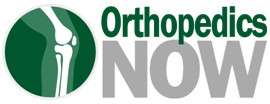Premier - Local Chiropractor
-
PRP (Platelet Rich Plasma)
Platelet–rich plasma (PRP) therapy uses injections of a concentration of a patient’s own platelets to accelerate the healing of injured tendons, ligaments, muscles and joints. In this way, PRP injections use each individual patient’s own healing system to improve musculoskeletal problems.
-
PRP (Platelet Rich Plasma) to treat orthopedic conditions including Osteoarthritis
PRP can potentially be used to treat various orthopedic conditions. It’s often inquired about in the context of tennis elbow, patella tendonitis, osteoarthritis, and various other soft tissue abnormalities.
There are several randomized trials that actually show PRP is better than controlled treatments or placebo treatments, or alternatively, hyaluronic acid treatments.









